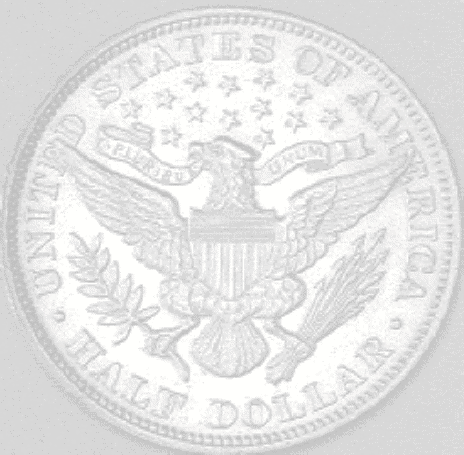
|
|
||
|
|
|
|
|
|
||

-30-
FOR BETTER OR WORSE:
On June 26th, news was received
that India had "demonetized" silver and the "value" had fallen from 82
"cents" to 67 "cents" per ounce in only three days. But did the decree
by the Indian government succeed in making silver no longer precious?
Not in reality, inflation always gives this appearance. The economic
woes India experienced evidenced a system of unjust weights and
measures.
The Indian
government paid an annual sum in gold or its equivalent for the interest
on the public debt, for pensions, for military supplies purchased in
Europe and for loans from England for railways and irrigation works. The
government collected taxes in rupees, and deposited them into the
Treasury. The India Council then made drafts on that fund known as
"Council Bills." Thus paper "money" was behind the troubled banking
industry in India as well.
In the United States, the demand for an extra session
of Congress became apparent, and Democratic President Grover Cleveland
called it for the 7th of August (White, 207-08).
On August 21st, a bill to repeal the purchasing clause
of the Sherman Act passed the House by a vote of 239 to 108 (White,
208). The country was thrown into a panic that threatened to drive out
all the country's gold and leave the nation on a silver basis (Halleck,
429). "Thou shalt have a perfect and just weight, a perfect and just
measure shalt thou have." "A just weight is His delight" (Proverbs
11:1), but a false one He holds in contempt.
In his Historical Beginnings --The Federal Reserve, Mr. Roger
Johnson described the panic of 1893 as "a massive depression that
rocked the American economy as it had never been rocked before;" and
declares that it left "a legacy of economic uncertainty"
(Johnson,15). Mr. White likened it to a stampede and gave as the reason
"the fear of a change in the standard of value” (White, 209). He
declared, "Probably there would have been no panic at all at that time
if government had been restricted to its proper business and had not
been issuing fiat money in large quantities" (White, V).
International Agreement
The Senate had been delaying the repeal of the purchasing clause for three months when President Cleveland informed Congress he would accept no compromise, and appealed for sound money. On October 30th, the vote was taken and approved by a vote of 45 to 32 (White, 208). It was signed into law on November 1st. It declared it to be
the policy of the United States to continue the use of both gold and silver as standard money, and to coin both gold and silver into money of equal intrinsic and exchangeable value, such equality t be secured through international agreement, or by such safeguards of legislation as will insure the maintenance of the parity in value of the coins of the two metals, and the equal power of every dollar at all times in the markets and in the payment of debts (“Coins and Currency”, 2).
Under the Bland-Allison Act and the Sherman
Act, a total of 570,000,000 silver "dollars" were coined (Yeoman, 12).
